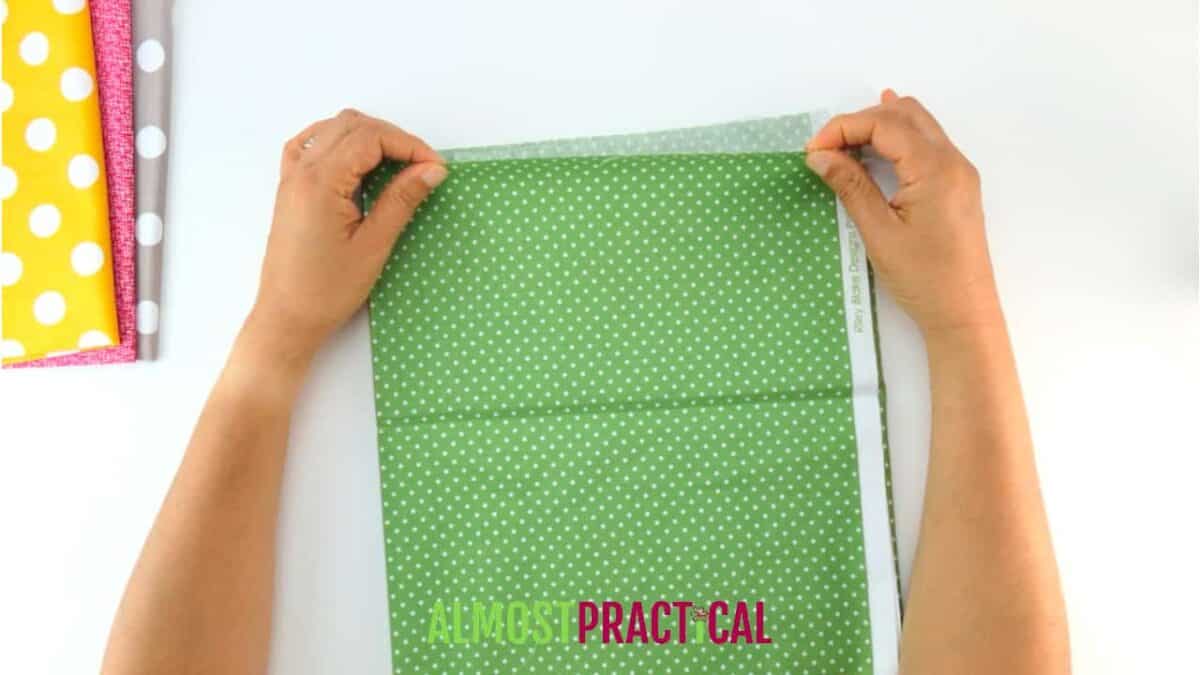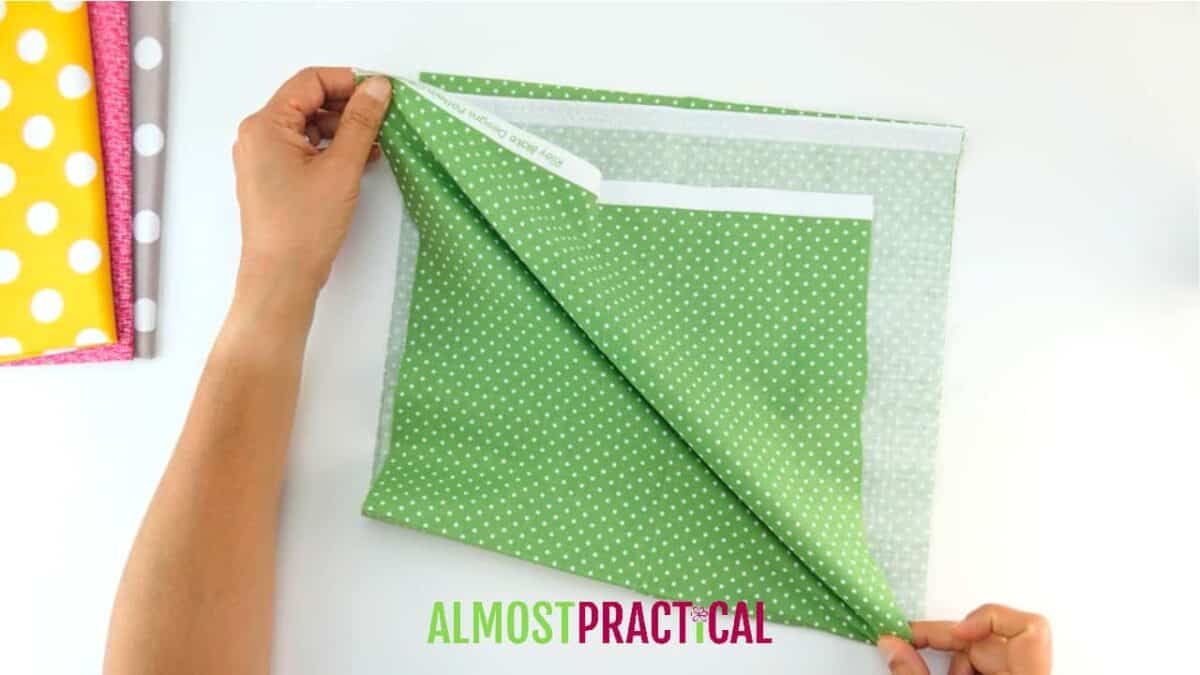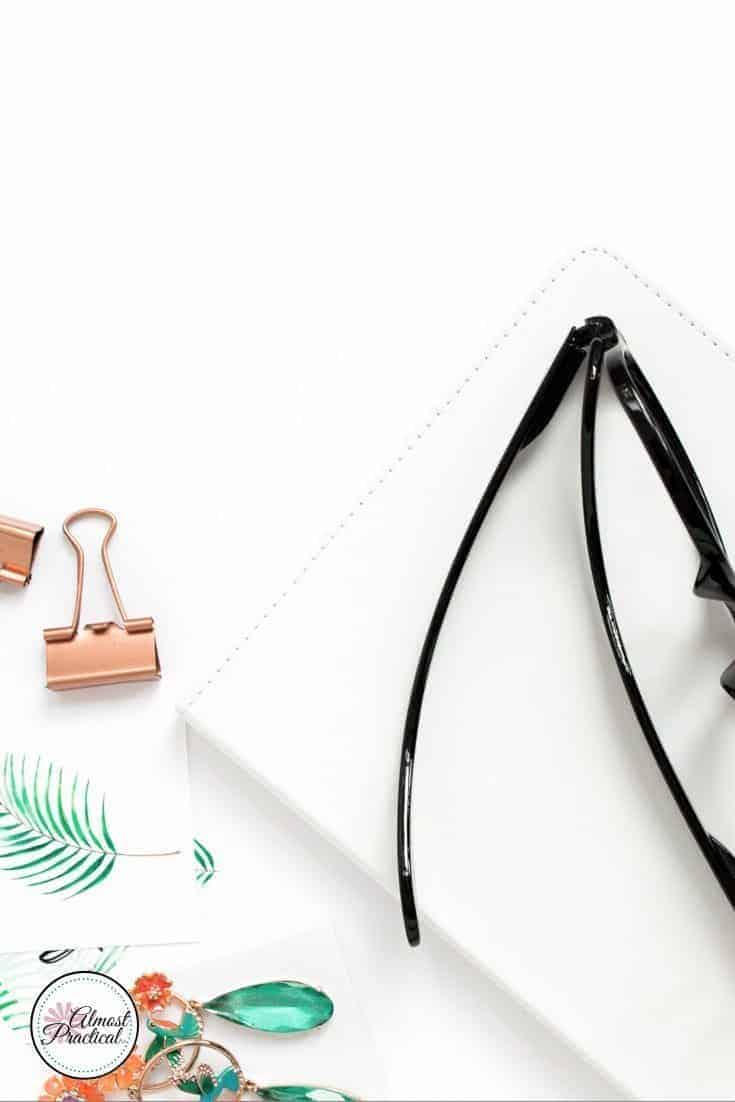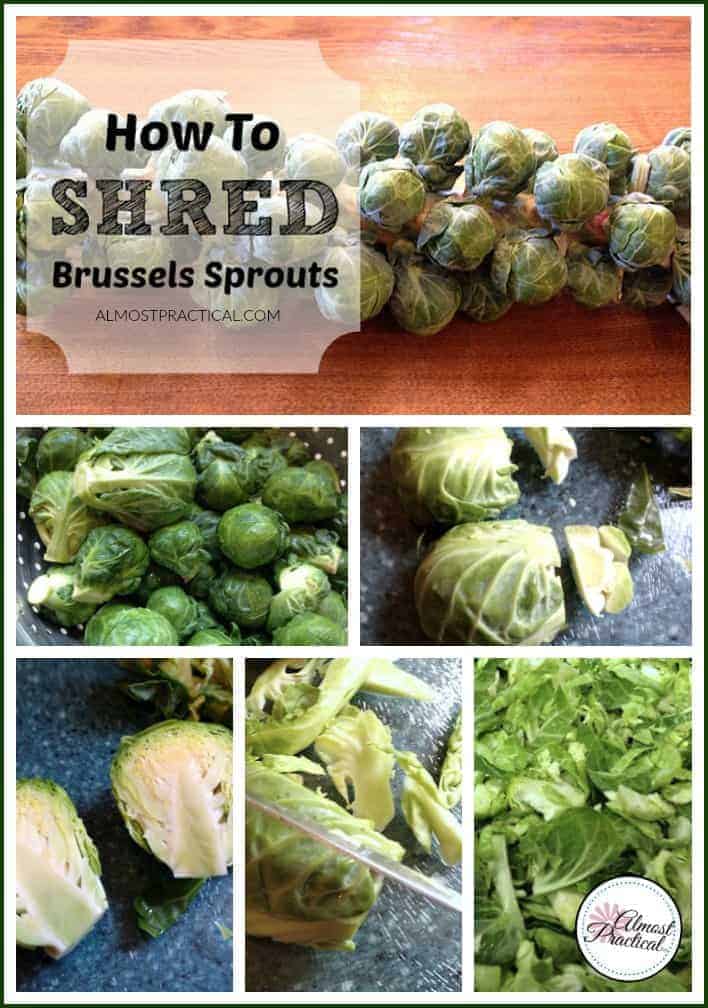How to Find the Selvage of Fabric
This post may contain affiliate links which means I make a commission if you shop through my links.
Disclosure Policy
If you are new to sewing, you have probably heard the term “selvage” thrown about.
This is an important sewing concept and is important when you cut patterns or fabric for projects.

What is Selvage?
When you purchase fabric off the bolt, you may notice that the top and bottom of the fabric is “bound”.

Typically, this is a edging that is slightly thicker than the rest of the fabric.
Sometimes, it is a different color than the body of the fabric, and it can be printed with the name or brand of the fabric maker.
Watch the Tutorial
How to Identify the Selvage of a Smaller Piece of Fabric?
When you have a piece of fabric cut straight from the bolt, it is pretty easy to identify the selvage edge because of the markings that I explained above.

But what if you have a smaller piece of fabric? Perhaps something from a fat quarter or just a scrap?
In this case it is a little harder to determine which edge is the selvage edge – but it still can be done by pulling and stretching your fabric piece in different directions.
You just need to know what to look for.
Put one hand on each side of your fabric and pull your hands apart.
The selvage edge of the fabric will be very tight when pulled from side to side (compared to when you pull the fabric along the other edge).
You can spot the selvage of fabric by using this pull test every time. The edge with no give is the selvage.
The selvage edge is also runs in the same direction as what is referred to as the straight grain (or warp) of the fabric.
What is the Weft or Crosswise Grain?
Once you have identified the selvage of fabric you are then left with the two cut edges.

If you stretch these out, you will notice that there is more give or stretchiness to the fabric when pulled in this direction.
This is referred to as the crosswise grain (or weft) of the fabric.
What is a Bias?
We covered selvage and weft, so now we are left with bias.

If you take your piece of fabric and pull it in a diagonal fashion – top left corner and bottom right corner – you will notice that the fabric has even more stretch than if you pull it on the crosswise grain.
This is the bias.
Usually, when you make your own bias tape, you cut the fabric diagonally on the bias.
You do this so your bias tape has the most flexibility to move with the item that you are binding.
If you are looking for some sewing projects for beginners – be sure to check out CreativeBug.com.
In Summary

To sum it all up:
- Selvage (straight grain or warp): This is the edge that tightest when pulled from side to side. It is also the edge that is bound and printed with the manufacturer info on the bolt.
- Crosswise Grain or Weft: This is the cut or raw edge of your fabric when coming off the bolt. It is stretchier than the selvage edge when pulled from side to side.
- Bias: This is the diagonal direction of your fabric and is the stretchiest when pulled.
Happy sewing!







